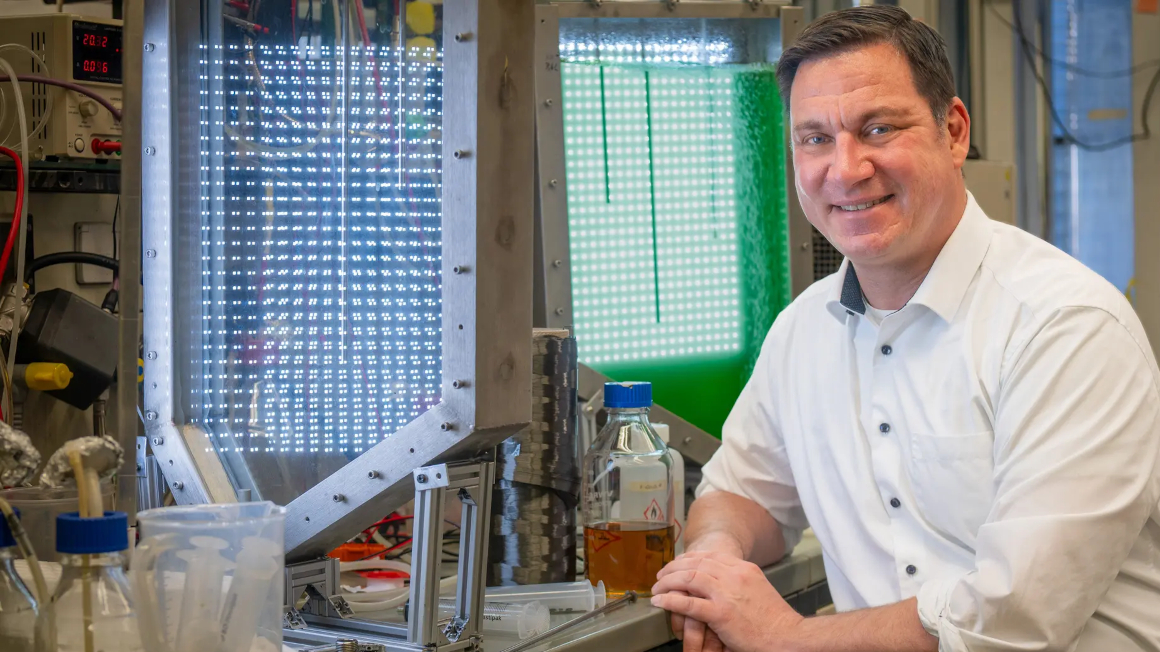Carbon fibres from algae
A research team led by the Technical University of Munich has developed a process for producing carbon fibres from renewable raw materials.

Carbon fibres are lightweight, extremely stable and resistant, making them particularly suitable for lightweight construction. This high-tech material is not only used in aerospace. Wind turbines and many sports equipment items such as skis and tennis rackets are also made from it. Until now, however, carbon fibres have been made from acrylonitrile, a key petroleum-based raw material used in the manufacture of lightweight products. A research team led by biotechnologist Thomas Brück from the Technical University of Munich (TUM) has now succeeded in producing these high-performance fibres from renewable raw materials. The CarbonGreen project was funded by the Federal Ministry of Research, Technology and Space (BMFTR). In addition to TUM, the Fraunhofer Institute for Interfacial Engineering and Biotechnology IGB and the companies SGL Carbon and Airbus were also involved.
Algae oils converted into glycerine
The TUM team laid the foundation for the innovation by extracting oils from photosynthetically active microalgae. ‘Through photosynthesis, microalgae bind the greenhouse gas CO2, among other things in the form of algae oils,’ explains project coordinator Brück. Glycerine was then extracted from the algae oils using a chemical process.
New process for producing sustainable carbon fibres
The glycerine was then catalytically converted into acrylonitrile, an important raw material for carbon fibre production, using a process developed by Fraunhofer IGB. ‘This has enabled us to create the conditions for producing sustainable carbon fibres that have the same high-performance properties as conventionally manufactured carbon fibres,’ says Arne Roth, department head at Fraunhofer IGB. According to the researchers, the process is now so advanced that it is ‘ready for the next scaling step, industrial application.’
Biogenic carbon fibres pass test flight
The industrial partner SGL Carbon took over the production of the sustainable carbon fibres. The company used them to manufacture carbon fibre-reinforced plastics, known as composite laminates. After successful tests in terms of technology and life cycle assessment, the biogenic carbon fibres were processed by aircraft manufacturer Airbus in a ‘flying device’ and their suitability for aviation was proven in a test flight with a research helicopter.
The consortium now wants to further optimise the technology and bring it into widespread industrial use. ‘Our GreenCarbon value creation route thus offers new potential for the raw materials transition in the chemical industry, especially in the production of carbon-based high-performance materials,’ says Brück. According to the researchers, the process can also be used to produce sustainable acrylic acid, an important component of plastics, paints and adhesives.
bb


